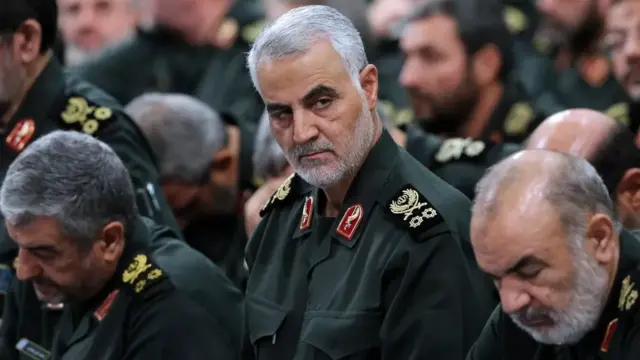Full scale of damage is not yet knownpublished at 23:56 GMT 2 February 2024
We now have a little more from General Douglas Sims, who says the US is "pretty confident" that the locations it struck were "pretty significant in degrading capability".
As we've been reporting, the US launched strikes on 85 targets across seven locations - four in Syria and three in Iraq.
B1 bombers, which show lethal power across intercontinental range, were used in Friday's retaliation. The full-scale impact is yet to be assessed.
"We will know better in terms of what [the bomb damage assessment] looks like tomorrow," Gen Sims adds.







